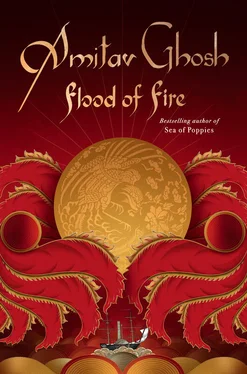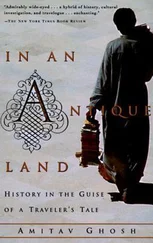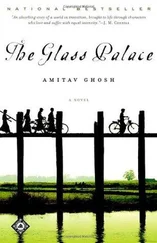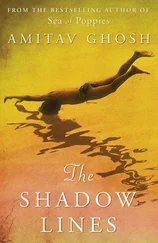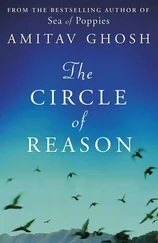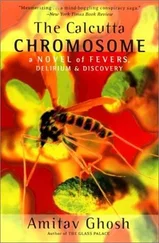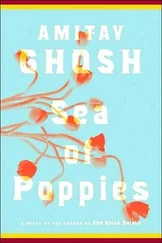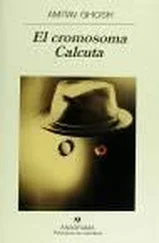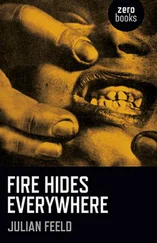These warnings caused Zachary so much disquiet that he was hardly able to sleep or eat, that day or the next. When Mrs Burnham’s next note arrived, he greeted it with relief.
October 30, 1839
Dear Mr Reid
I am sure you have read Dr Tissot’s Treatise by now, and are impatient to discuss its contents. I too am impatient to proceed with your Treatment, and I am pleased to report that an unforeseen circumstance has greatly augmented my ability to be of Assistance to you.
Yesterday, I again sought, and was granted, an interview with Dr Allgood. But it so happened that soon after I was admitted to his study he was called away, to inspect a seizure of the disease in a Native Victim. He was occupied with the young man for quite a while and in his absence I was able to examine a notebook that was lying on his desk — it happened to be the journal in which the doctor records his interviews with your Fellow-sufferers. This has given me a much clearer idea of how the Treatment should proceed.
It is amply evident from the doctor’s notes that any Cure must be preceded by Inquiries of a somewhat Delicate nature. Needless to add, such an interview will require an extraordinary degree of privacy, especially since your condition is such (as was evident at our last meeting) that untoward Occurrences cannot be ruled out.
This has created a Quandary for me, and I have had to rack my brains to think of a Venue for our Consultation. After weighing every possibility it has become apparent to me that the only safe location is the one that I am most loath to contemplate — my own Boudoir. But now that we have set out on this path I can see no other means of Proceeding, and being fortified by the example of such a martyr as Dr Allgood, I am willing to over-ride my reservations for the sake of our Medical Collaboration.
I need scarcely impress on you the attendant Risks, for I am sure that you are well aware that this house is filled, on most days, with an abundance of prying eyes and idle hands. But fortunately the Natives are as whimsical as they are inquisitive, and on certain days and nights they become so possessed by their heathenry that they completely vanish from view, having run off to join in mummeries of one kind or another. One such pageant is to be held Friday week and I think it very likely that the house will be, if not empty, then certainly much less full.
But while this may reduce the Risks, it will not eliminate them, so it will be necessary to employ some other Precautions. My Boudoir faces the river and is on the first floor: it is situated at the corner of the house that is furthest from the budgerow. Below is a small doorway: this is a servants’ entrance, and is used mainly by the muttra-nees who clean my Goozle-connuh (or Powder room). It would be advisable I think, for you to make use of this doorway to effect your entry. It is usually locked at night, but I will make sure that it is off its latch on that day. When you open the door, you will see a flight of stairs — I will leave a candle there for you. The stairs will lead you to my Goozle-connuh, which directly adjoins my Boudoir.
By eleven at night the house will be quiet and the nokar-logue will have left: it will be best if you come then. And of course you must not forget to bring the Treatise, for Dr Allgood is most anxious to have it back.
Yours &c
C.B.
About a year after his wedding, Kesri found himself back in the Arakan. But this time he went not by ship but by land: he marched there with his battalion as a part of a large expeditionary force.
The campaign got off to a bad start. While the force was still being assembled, in Barrackpore, the troops learnt that they would have to bear many of the expenses of the march — they would even have to buy bullocks for the baggage-train with their own money. Nor would there be any extra battas to offset the cost.
This caused a great deal of discontent, especially in one regiment, which was notorious for the laziness and incompetence of its English officers. Feelings ran so high that one morning the regiment refused to parade when ordered to do so.
On the following day the Jangi Laat (or ‘War Lord’ as the Commander-in-Chief was known) arrived suddenly in Barrackpore, bringing with him two British regiments and a detachment of cannon. The sepoys who had refused to fall in were called out and ordered to surrender their arms. When they hesitated to obey the artillery opened fire: many sepoys were killed and the rest ran away or were taken prisoner. Eleven men were hanged and a large number were sentenced to hard labour or transportation to distant islands. The regiment was disbanded, its colours were destroyed and its numbers were struck from the Army List.
The violence of these measures silenced the rest of the force, but morale was low and declined even further on the arduous march down the coast of Bengal. Things got still worse when they crossed the Naf River and entered the Arakan. Their route led through dense forests and long stretches of marshland. The Burmese were experienced in jungle warfare and did not offer the set-piece battles at which the British excelled; nor was the terrain such that the British could fully exploit their advantage in artillery. Provisioning was extremely difficult for there was little cultivation along the route. Most of the villages had been abandoned, so it was impossible to procure food locally.
On top of all this, fevers and disorders of the stomach took a terrible toll. Such was the rate of attrition that the naik of Kesri’s platoon was twice replaced, the second time by none other than Hukam Singh.
One day, Kesri’s platoon was sent ahead of the column to reconnoitre a village. The settlement was just a cluster of huts, shaded by coconut palms — the very picture of tranquillity. But by the time the sepoys got there they were tired out, having been on the march for several hours. In any case, they had passed through many such villages before, without incident. They were not at their most vigilant, as a result of which they walked straight into a close-quarters ambush.
Hukam Singh was in the lead and he was the first to be cut down, with multiple wounds to his thigh and groin. Kesri happened to be with him at the time. He fought off the attackers until the platoon regrouped and drove the Burmese away.
Hukam Singh was still alive but was bleeding profusely. They tied up his wounds, made a litter, and took turns carrying him back. For much of the way Hukam Singh seemed to be in a delirium, alternately thanking Kesri for saving his life and expressing remorse for his past treatment of him. At the end, when they finally rejoined the column and handed him over to the battalion’s medical orderlies, Hukam Singh caught hold of Kesri’s hand and said: You saved my life — my life is yours now. I cannot forget what you did for me.
Kesri didn’t put much store by these words, thinking them to be a part of his delirium. But a few days later he received a summons from Bhyro Singh, who was now a jemadar. Bhyro Singh told Kesri that on the basis of a strong recommendation from Hukam Singh the battalion’s CO had decided to promote him to the rank of naik.
Kesri was so elated that it was only at the end of the interview that he remembered to inquire about Hukam Singh’s condition. Hukam Singh kaisan baadan? How is Hukam Singh?
Bhyro Singh did not mince his words: Hukam Singh’s soldiering days were over, he said. If he recovered from his wounds, he would have to go back to his village.
Many months went by before Kesri saw Hukam Singh again. In the interim the Pacheesi saw a great deal of fighting, in the Arakan and in southern Burma. Kesri was himself wounded again, in an action near Rangoon. Fortunately for him the wound was a ‘lucky’ one in that it wasn’t severe. It also got him a bonus that excited much envy among his friends — so much so that Seetul said: Kesri, tu ne to hagte me bater maar diya! , ‘Kesri, you dropped a turd and killed a partridge!’
Читать дальше
